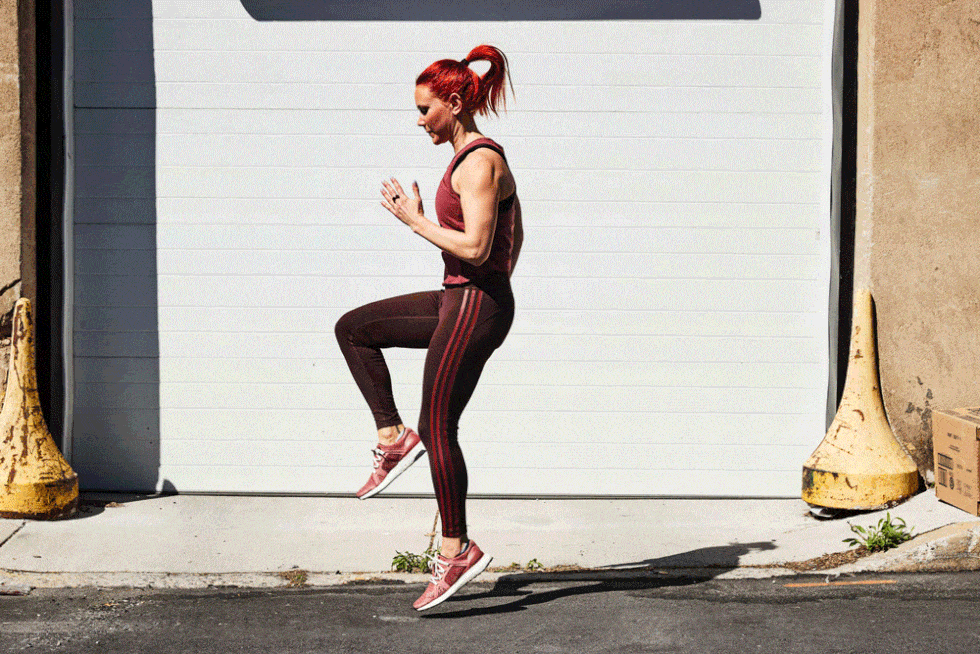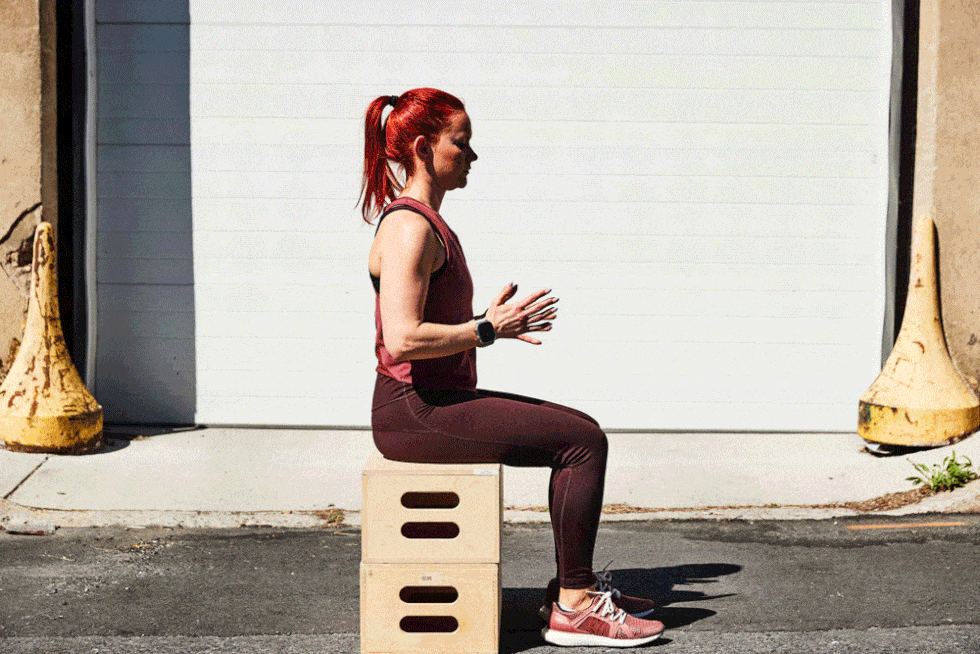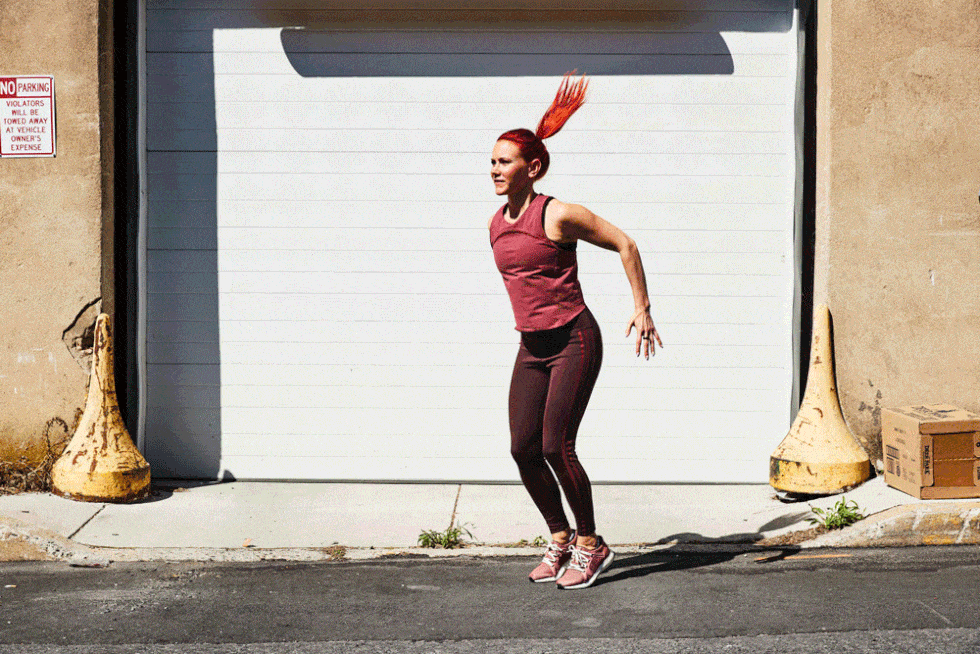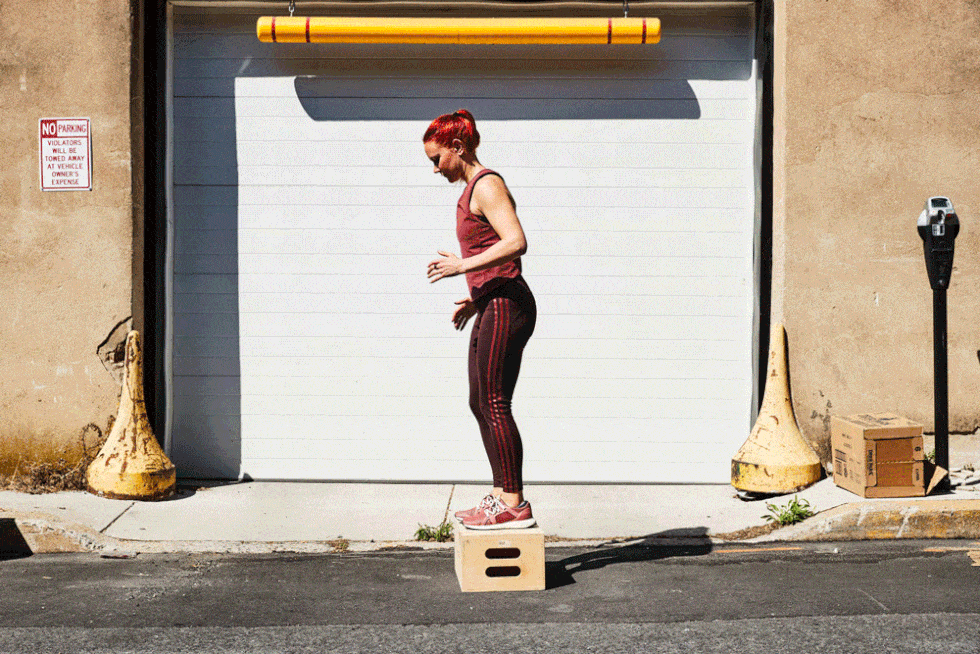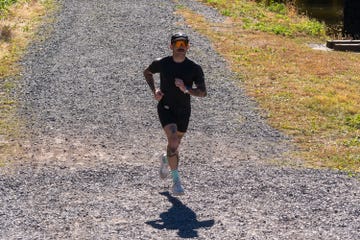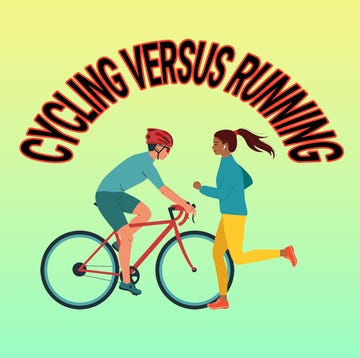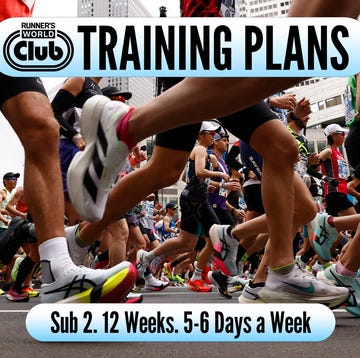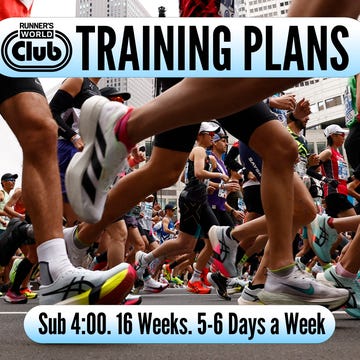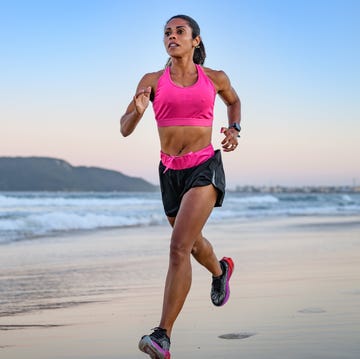Whether you’re lacing up for a 5K or gearing up for a longer endurance race, if you want to get faster, you have to do both longer runs and speedwork sessions to train your aerobic and anaerobic systems. But for the biggest speed gains, you should also look beyond your cardiovascular fitness and work on your posture.
‘People often think of running as a lower body sport, but running is everything going on between your ears and everywhere below,’ says Anh Bui, a former collegiate runner, Doctor of Physical Therapy and biomechanics specialist in California.
While you probably can’t (and shouldn’t) transform your running form into the stride of, say, Olympians on the podium, you can incorporate tweaks to make your mechanics more ideal for you. This can help you to improve your performance, get faster and lower your risk of getting hurt.
What everyone's reading
‘There’s high variability between everyone’s biomechanics based on how you’re structurally and genetically built,’ says Bui. ‘The key is to optimise movement rather than force idealism and to run efficiently to maximise speed and minimise your risk of injury.’
Here, we explain how each part of your biomechanics, from head to toe, contributes to your speed and share a handful of moves that will help you to pick up the pace.
4 biomechanics-based form tips to run faster
Posture
It’s easier to maintain good posture on a short jog than a long training run, when your body starts to drag. But focusing on staying tall and keeping your shoulders from slumping is an important part of efficient running form – and it makes it easier to breathe.
According to Doctor of Physical Therapy, movement quality expert and running coach Ellen Foster, standing up straight with a slight forward lean helps to pull you forward as you run. ‘I like to encourage runners to sort of ‘fall’ forward from the ankles, so that their hips are slightly in front of their feet,’ she says. ‘Just make sure that you don’t lean forward by bending at the hips or waist, as that would lead to pushing your hips back and losing valuable hip extension.’
Arm swing
Your arms play a surprisingly big role in helping you to pick up your pace, because the motion of your arms and legs are linked. ‘Our arms act as pendulums to help balance our trunk, as forces travel up our body from our legs,’ says Foster. ‘So, when we swing our arms in a more efficient way, our legs often follow their lead.’ Try pumping your arms harder next time you’re huffing up a hill and see how much it helps
While research on the impact of the arm swing on running mechanics is limited and results offer mixed information, most researchers agree that swinging the arms helps with vertical oscillation (or how much we move upward as we stride), side-to-side balance and minimising rotation.
‘Anecdotally, I find that arm swing drills can be a good starting place when working on increasing cadence, especially if someone is struggling to increase cadence due to poor coordination,’ says Foster. Cadence, or the number of steps that you take per minute, often changes depending on the speed that you’re running, but experts suggest a quicker cadence can limit over-striding and help with forward momentum.
Knees
Sprinters tend to drive their knees up aggressively, about 90 degrees from the ground. That’s not sustainable over longer distances, says Bui, who says that distance runners should ideally maintain a knee drive of around 45 degrees.
But why does the position of your knees matter? ‘Picking up your speed without appropriate knee drive will increase the likelihood of overstriding or landing with the foot far in front of your body,’ explains Bui. That can slow you down and increases ground reaction forces, or forces exerted by the ground onto the body, says Bui – and it ups your chances of injury.
Feet
When considering how your feet play into your form and your pace, a lot of it is about those ground reaction forces. If you reduce the time that your feet come into contact with the ground, you can potentially lower the force on your body and lessen your risk of injuries like shin splints, says Foster.
‘When we look at vertical ground reaction forces (vGRF) across time, midfoot striking has a lower rate of vGRF with one smooth peak,’ explains Bui. By contrast, heel striking has a longer ground contact time, leading to a higher peak force and greater load on the body. This is because your ankle dorsiflexors (when you pull toes toward your shins) can’t efficiently absorb the impact of your foot strike and, as a result, your knee joint takes on extra force, she adds.
Try to pick up your cadence and adjust your form so that you’re striking the ground with your foot underneath your body (rather than out too far in front) to help reduce those forces up the leg. Typically, heel striking accompanies overstriding – which can increase the risk of injury from the added load – and upping your cadence can help you to avoid it.
Keep in mind that your body needs time to adjust to any changes that you make in your form. Also, while your body may take on more force with a heel strike, it doesn’t always lead to more injuries or slower speeds. It’s one piece of the biomechanical puzzle. ‘Heel striking isn’t inherently dangerous by itself,’ says Foster.
To improve your biomechanics, working with a running form coach or physiotherapist with advanced training in motor learning or neuromuscular re-education is hugely beneficial, says Foster. ‘It’s easy to understand the correct biomechanics, but it’s much more challenging to implement them,’ she adds.
Although working with one of these professionals is ideal, there are a few exercises that you can practice on your own to help you improve biomechanics – and we’ve detailed these below.
5 drills to improve your running biomechanics
These five biomechanical drills focus on different aspects of your form. Do them often – for a few minutes as part of your running warm-up, for example – to make the movements feel like second nature. Then, when you’re at the stage where you can tweak thing, don’t try to make several changes all at once – try sprinkling them into your runs slowly, thinking about a single form tweak for 30 seconds once per mile.
Try not to jump in too quickly, either. As Foster says, all tweaks to your body’s biomechanics should be done gradually to reduce your risk of developing an injury.
1. High knee exchange
Why does it work?
This quick drill emphasises balance and stability while firing up your posterior chain, which helps to develop a more powerful push-off.
How to do it
Stand with your feet hip-width apart. Raise your right knee to hip height. In a quick, explosive movement, lower your right foot to the floor and raise your left knee high, then lower your left knee and raise your right knee to hip height again. Do five repetitions, then rest for one or two minutes before repeating for a second set.
2. Arm swing on the beat
Why does it works?
Practicing this movement at a quick, consistent pace helps to make your arm swing more efficient.
How to do it
Set a metronome app (like Metronome Beats) to a beats per minute (bpm) that feels in sync with your running cadence – 180 bpm is ideal, but dial it back if that feels too quick. Sitting on the edge of a chair or standing with your feet hip-width apart, pump your arms forward and back to the beat for 10 to 15 seconds. Do three to five sets, resting for 10 to 20 seconds between each set.
3. Pogo jump
Why does it work?
The plyometric motion of this jump helps to prepare your tendons to store and release energy quickly. Start by doing the move with both legs, then progress to one leg at a time.
How to do it
Stand with your feet hip-width apart. Keeping your legs straight, push off the floor from the ball of your feet and swing your arms up to jump as high as you can. As soon as you land, jump again. Do five repetitions, jumping as quickly as you can and minimising your feet’s contact with the floor. Rest for one or two minutes, then repeat for a second set.
4. Drop box jump
Why does it work?
This quick movement increases tendon capacity, trains your body to absorb load as you make contact with the ground and decreases the time that your feet stay in contact with the ground.
How to do it
Stand on the edge of a step or box that’s about a foot tall. With your right foot leading, step both of your feet down to the floor. As soon as your left foot hits the floor, jump up explosively, pushing off the floor with both of your feet. Repeat for five steps, then repeat with your left foot leading the step down. Complete two sets.
5. Alternating bounding
Why does it work?
This move is just running with exaggerated motions that mimic ideal sprinting form – and it helps to develop speed, power and explosiveness.
How to do it
On a track or long patch of ground, jog forward with as long a stride as possible. As you move, raise your front knee as high as possible while lifting your back foot behind you, keeping leg straight. Continue for 10 repetitions in total, then rest for one or two minutes before repeating for a second set.

